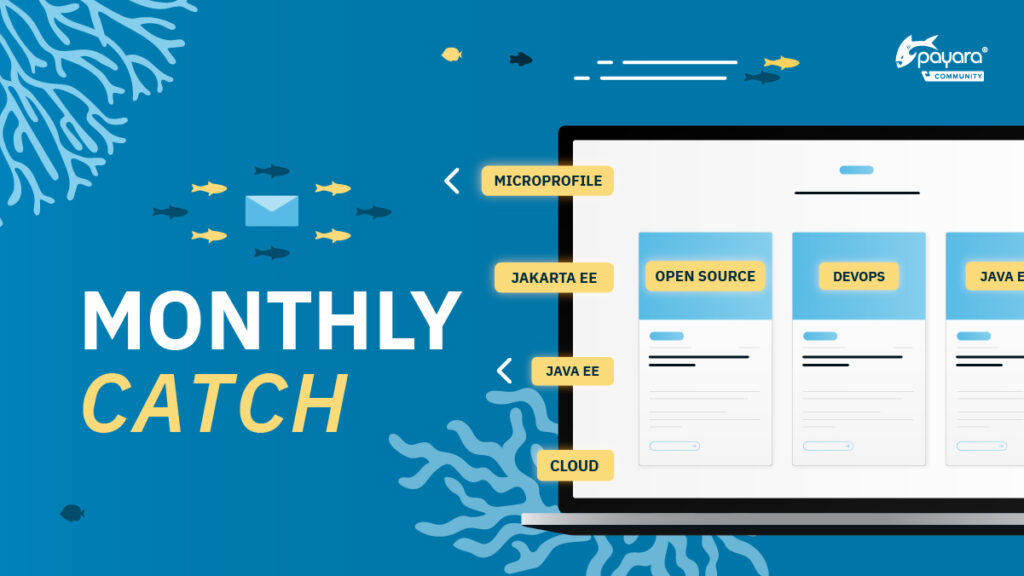 3 minutes
3 minutes
End-of-Life Technology: How to Drive Innovation Without Compromising Stability
When legacy systems approach end-of-life (EOL), enterprise IT teams typically face the choice of moving forward at all costs […]
Java’s steady and predictable release cadence brings new features and improvements with each version. Java 21 (and the recently released 22) introduced major language innovations and performance optimizations. But what does this mean for the vast ecosystem of enterprise Java platforms? Let’s explore these issues in this blog post, starting with a look on the benefits of newer Java versions.
Adopting newer versions of Java offers tangible benefits for enterprise software development. Here are some key areas where you’ll see improvements:
Enhanced Developer Experience: Features like text blocks, records and switch expressions streamline Java code, offering more expressiveness and reducing verbosity. Imagine being able to define complex data structures with a single line or embed multi-line strings without awkward concatenations. These refinements translate directly into a better developer experience and more maintainable codebases.
Performance Gains: Under the hood, Java receives continuous enhancements in areas like garbage collection, JIT (Just-In-Time) compilation and core libraries. These optimizations have the potential to improve application performance without significant code changes on your part. Essentially, you can see your applications run faster and more efficiently with less effort. Newer additions like virtual threads also help creating performant applications with much more concise API constructs.
Modernization: Adopting newer Java versions allows you to shed legacy language constraints, aligning your codebase with contemporary practices. This not only makes your code more readable but opens up opportunities to adopt the latest patterns and language constructs for cleaner solutions.
While adopting modern Java versions offers great benefits, it’s important to approach upgrades with careful consideration. Here are some elements you may need to keep in mind:
These challenges, however, shouldn’t deter you from upgrading, or at least considering newer Java versions. Here are some strategies to mitigate them:
The transition from Java EE to Jakarta EE marked a turning point, with a focus on cloud-native architectures and greater agility. Jakarta EE’s design makes it particularly well-suited for harnessing the benefits of newer Java versions. Here’s why:
Example: Imagine wanting to adopt Java’s new record types to simplify data modelling. With Jakarta EE, you could choose a compatible runtime already supporting the Java version containing records, and selectively update relevant parts of your application to use them, all while other components remain stable.
Jakarta EE offers a unique blend of adaptability and stability, making it an excellent platform for enterprises that want to stay at the forefront of Java technology without sacrificing reliability.
The future of enterprise Java development is undeniably linked to the adoption of modern Java versions. Understanding this isn’t enough; you need a clear path forward. Here’s how to ensure your journey towards modernization is successful:
As Java continues its accelerated evolution, it’s important to ask whether your enterprise Java strategy is prepared to keep pace. Are your applications positioned to benefit from continuous improvements, or will they be left behind? Jakarta EE provides the tools and the flexibility to make modernization a strategic advantage rather than a daunting task.
Ready to experience the adaptability of Jakarta EE first-hand? Download Payara Server Community and start building. Explore how its flexibility and modularity can streamline your enterprise Java development. Not sure where to start? Check out detailed Jakarta EE guides from our resources section to get started. Happy Coding!
Share:
 3 minutes
3 minutes
When legacy systems approach end-of-life (EOL), enterprise IT teams typically face the choice of moving forward at all costs […]
 5 minutes
5 minutes
November has been one of the busiest months of the year for the Java and Jakarta EE ecosystem. With […]
 3 minutes
3 minutes
Working with enterprise Java databases can sometimes feel like swimming upstream. Jakarta EE 11’s Jakarta Data helps developers glide […]